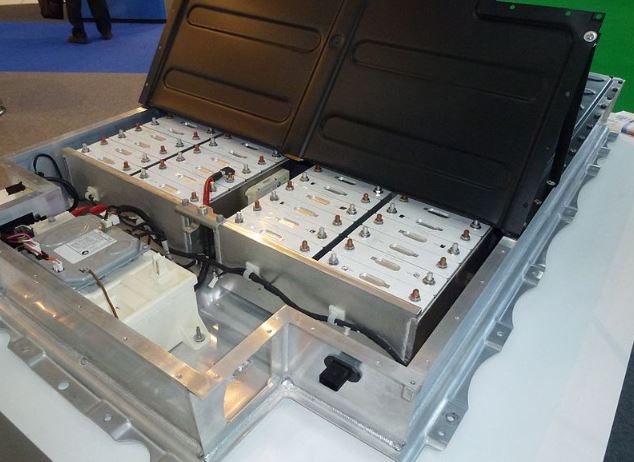The lithium-ion battery pack is the most important component of any electric vehicle. Check out high-quality リチウムイオン電池 販売 here.
Everything else in the car depends on the energy it stores and releases. To ensure the best possible efficiency and performance from an electric vehicle, it is crucial to keep tabs on the condition of the battery, the most costly component. The range of the vehicle and the remaining battery life can both be estimated with the use of installed sensors in modern vehicles. The sophisticated battery management technology can give drivers peace of mind whether driving in heavy traffic, during a snowstorm, or through any other unforeseen circumstance.
Ev battery pack thermal management assist with the control of temperatures as well as energy flow. On the other hand, sensors assist with regulating the system itself and offer warnings of any potential issues.
BATTERY PACK THERMAL MANAGEMENT SYSTEMS & SENSOR INTELLIGENCE
Which of the following poses the greatest threat to an electric vehicle’s battery? Extreme temperatures.
The optimal operating temperature for lithium-ion battery cells is between 15 and 45 degrees Celsius. Range and available power are both decreased when temperatures drop.
Even when an electric vehicle is not in use (while it is being charged, for example), the battery pack thermal management systems are working diligently to check or regulate the interior temperatures to remain within the acceptable range. Even though the efficiency of an electric vehicle would decline if the temperature is higher or lower than the ideal comfort zone, the vehicle is equipped with ingenious mechanisms that maintain the system within its own optimal comfort zone. When the batteries are discharged, they like temperatures lower than 45 degrees Celsius. When they are being rapidly charged, they prefer temperatures somewhat higher than that, somewhere about 55 degrees Celsius. This reduces the internal impedance of the cells, making it possible for electrons to fill the cell efficiently. As a temperature far higher than that might cause harm to the cells, maintaining an appropriate temperature requires a delicate balancing act.
TEMPERATURES HIGHER THAN 45 °C
Extreme heat, such as over 60 degrees Celsius, threatens the safety of the driver and the passengers in a vehicle. Lithium-ion batteries are particularly vulnerable to damage from high temperatures.
In a temperature range of 45 degrees Celsius, the cells in an electric vehicle’s battery pack are susceptible to rapid degradation. As a result, the system must be managed by heat exchangers that can remove heat from the cells when the system is too cold and provide heat whenever the system is too hot.
How does an electric vehicle’s battery become hot?
Internal heat is produced by the cell regardless of whether it is continuously charging or discharging its contents. Most of this heat travels via the current metal collectors. It is either removed in the busbar by convection or through the cold plate beneath the cells via conduction from the cells to the cold plate to the coolant, which subsequently exits the pack to refuse heat through external heat exchangers. Fast charging requires caution due to the heat produced by the batteries during the charging process; this heat must be properly dispersed so that the cells don’t overheat.
TEMPERATURES BELOW 15℃
The only purpose of battery pack thermal management systems for electric vehicles (EVs) is not to maintain a cool temperature for the battery.
Temperatures in electric car batteries are kept above freezing in colder areas thanks to thermal management devices. Before the battery is utilized in any capacity — whether to power the vehicle, to take electricity from being recharged, or to operate as a power source — it is heated by these components.
ADVANCED ELECTRIC VEHICLE SENSOR TECHNOLOGY FOR MAXIMUM BATTERY LIFE
The use of sensor technology distributed throughout the battery pack is essential to a battery’s short-term and long-term maintenance. Electric cars are equipped with sensor technology that triggers the thermal management systems to begin operating as soon as temperatures outside the comfort zone range are recognized.
The health of an electric vehicle’s battery is adversely affected in a manner comparable to whether the temperature is too hot or too cold. Extreme heat has many negative effects on electric vehicles, including the following:
Reduced charging capacity: Temperatures that are too high or too low may increase the force required for the electric current that moves the lithium ions from one node to another inside the battery, which can damage the nodes. There is a risk of energy loss and inadequate storage if there is a leak. The risk of stress fractures in batteries increases with increasing current, which depletes lithium and impedes energy flow.

